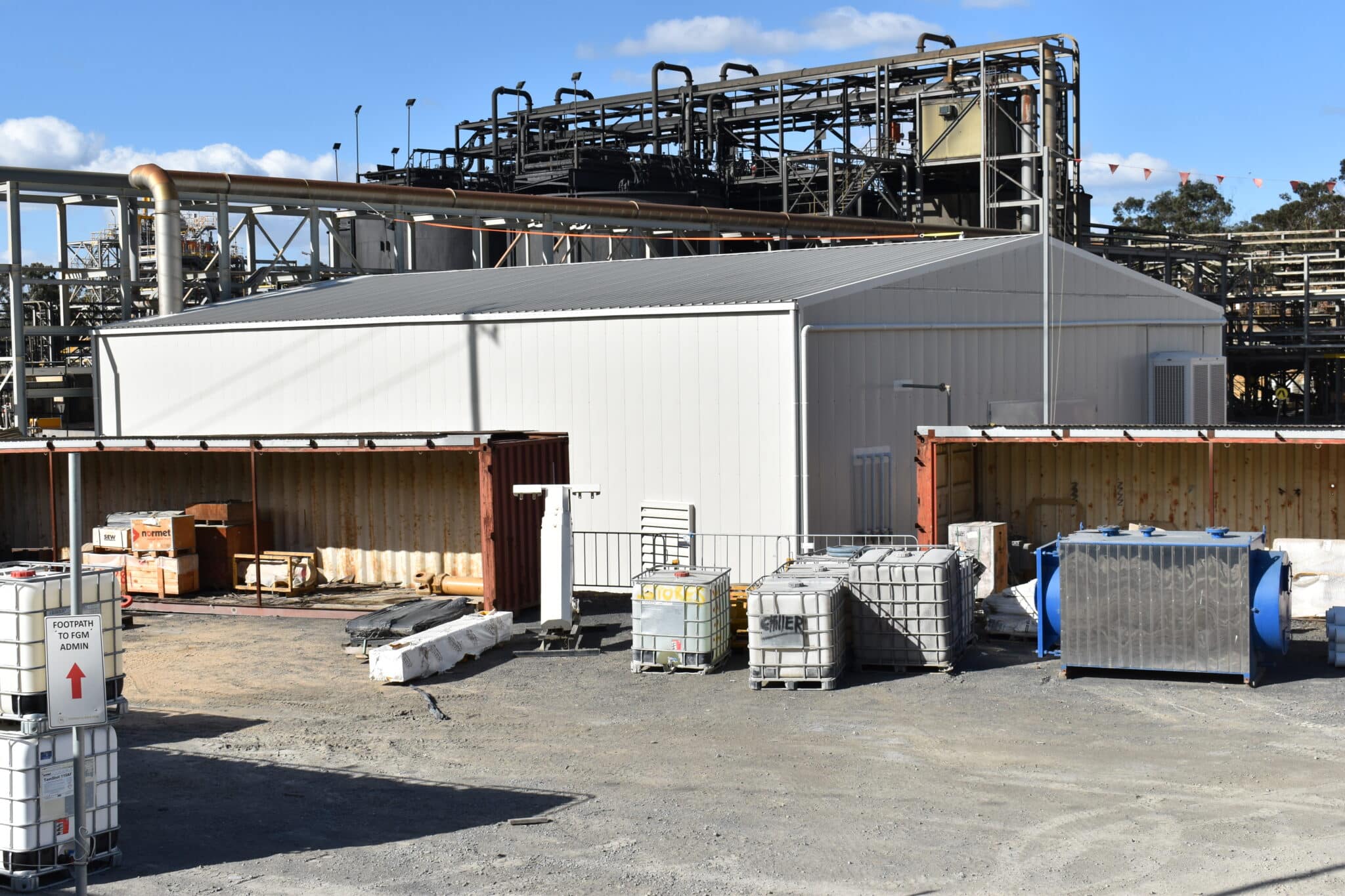Call 1300 799 969 | Contact Us


Home » Reducing Welding Risks for Mining Industry Workers
Australia’s mining industry is one of the largest in the world, producing significant amounts of iron ore, gold, coal, and other minerals.
Welding is a process that is central to the Australian mining industry; playing a critical role in ensuring the safety and efficiency of mining operations. The welding process is used in various stages of mining operations, from constructing equipment to repairing and maintaining infrastructure.
Yet welding can pose significant risks to mining industry workers’ health and safety, including exposure to fumes, radiation, and electric shock. In this article, we will discuss the importance of noise control in the welding process, as well as the measures that can be taken to protect miners from the dangers of welding.
One of the significant risks associated with welding is exposure to hazardous fumes that can contain ozone, nitrogen oxides, and carbon monoxide.
Welding can also generate metal particulates and toxic substances such as zinc, lead, copper, magnesium, cadmium and other metals that can cause respiratory problems. The most frequent acute respiratory complaint among welders is metal fume fever, a common self-limiting febrile illness of short duration caused by exposure to welding fumes.
Proper ventilation is essential to protect workers from these welding fumes. The use of local exhaust ventilation (LEV) systems can effectively control welding fumes by capturing them at the source.
Additionally, Personal Protective Equipment (PPE) is essential in protecting workers from welding hazards. Welders must wear appropriate PPE, including welding helmets, gloves, aprons, and boots, to protect against electric shock, radiation, and burns.
Training and education are also critical to ensure workers’ safety in the welding process. Workers involved in welding operations must be adequately trained and educated on the hazards associated with welding. They should understand how to operate welding equipment safely and the importance of using appropriate PPE.
Workers should also be trained on proper handling and disposal of welding materials and waste. What’s more, regular maintenance and inspection of welding equipment are necessary to ensure they are in good working condition, reducing the risk of electric shock hazards.
Noise is a significant hazard in the welding process that can cause hearing damage over time. This makes controlling noise in the welding process essential.
To address welding noise, companies can use Flexshield acoustic welding bays which are custom-made to suit their specific size and environmental requirements.
These soundproof welding bays are designed to control noise, protect both welders and bystanders from radiation, control fumes to protect welders against cancer, and control welding smoke. They are built to last and can be used to promote a pleasant working or teaching environment in various industries, including TAFEs, colleges, schools, training centres, and engineering workshops.
Welding is a critical process in the mining industry in Australia, yet it can pose significant risks to workers’ health and safety. That’s why companies operating in the mining industry must take measures to protect their workers from the hazards associated with welding, including exposure to fumes, radiation, electric shock, and noise.
By implementing proper ventilation, PPE, training, maintenance, and noise control measures, your company can ensure the safety and efficiency of mining operations while protecting workers’ health and well-being.
For an expert assessment and solutions to reduce your facility’s noise, contact the Flexshield team on 1300 799 969 or get in touch online.